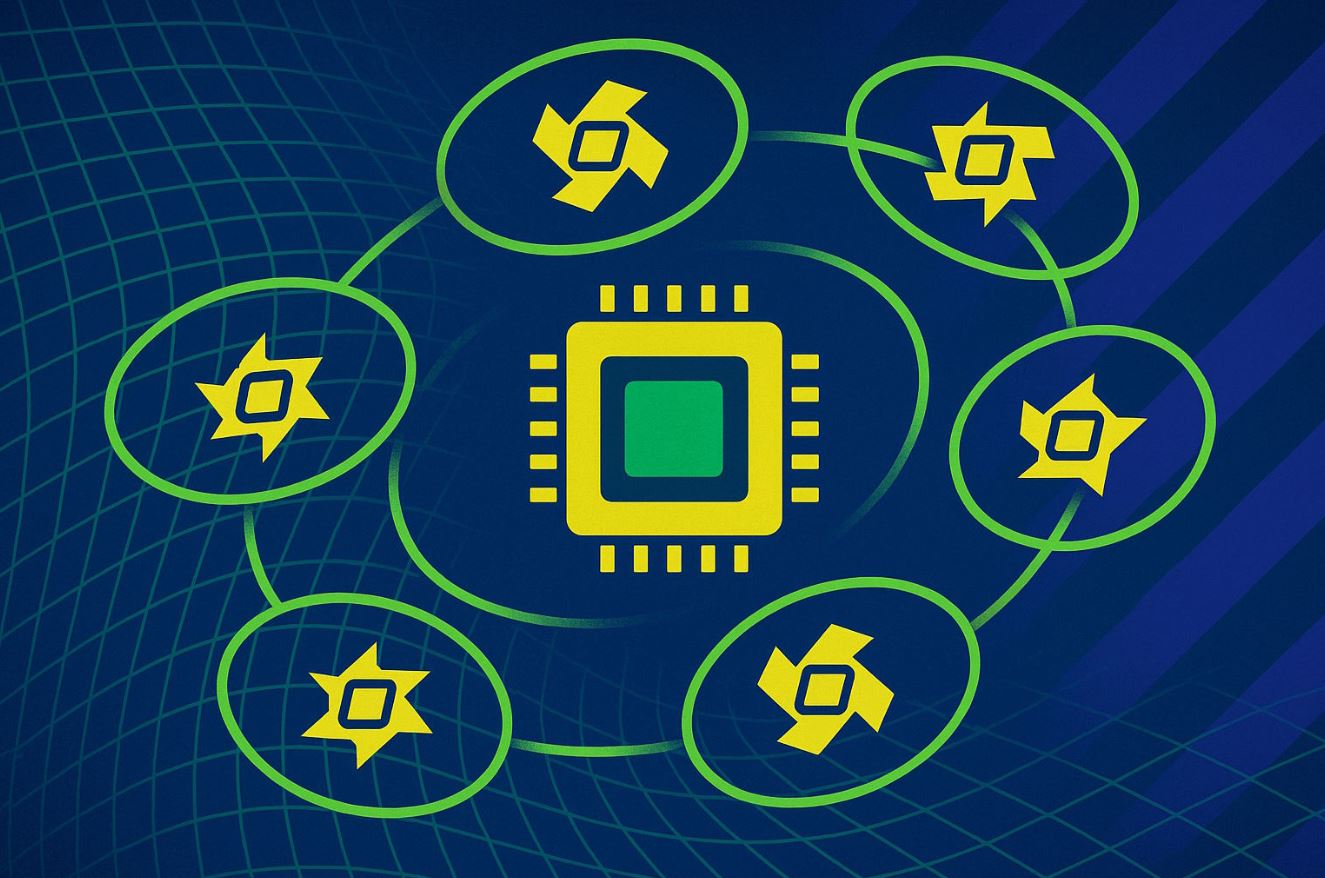 Stanford researchers have taken a bold step forward in GPU efficiency. By harnessing large language models (LLMs) to automatically craft what they call “CUDA-C” kernels, they’re streamlining key tasks on Nvidia GPUs—like matrix multiplications and image processing—in ways that sometimes even outpace PyTorch’s standard routines.
Stanford researchers have taken a bold step forward in GPU efficiency. By harnessing large language models (LLMs) to automatically craft what they call “CUDA-C” kernels, they’re streamlining key tasks on Nvidia GPUs—like matrix multiplications and image processing—in ways that sometimes even outpace PyTorch’s standard routines.
Using the KernelBench benchmark, the team swapped out customary PyTorch operations with these custom kernels. In one striking instance, a layer normalization kernel achieved nearly five times the speed of its traditional counterpart. Other GPU operations, including image convolution, the softmax function, and the combined sequence of convolution, ReLU activation, and max-pooling, also demonstrated impressive gains.
This isn’t about tweaking code piece by piece. Instead, the researchers embraced two transformative ideas: first, describing optimisation strategies in clear, everyday language; and second, generating several code variants simultaneously so that only the fastest solution moved ahead. This parallel testing approach not only speeds up the process but also uncovers a broader range of efficient solutions.
The standout kernels took advantage of smarter memory access, a shift from FP32 to FP16 data where possible, and better utilisation of GPU compute units. In addition to real-world speed boosts, the synthetic data from these processes may even help train the next generation of models. That said, challenges remain—kernels for lower-precision tasks like FP16 matrix multiplication and memory-intensive Flash Attention routines haven’t yet matched PyTorch’s performance.
If you’ve ever wrestled with the nuances of GPU optimisation, this approach might resonate. While not every hurdle has been overcome, the idea of letting an LLM generate custom options opens up fresh, practical avenues for improving high-performance computing.








